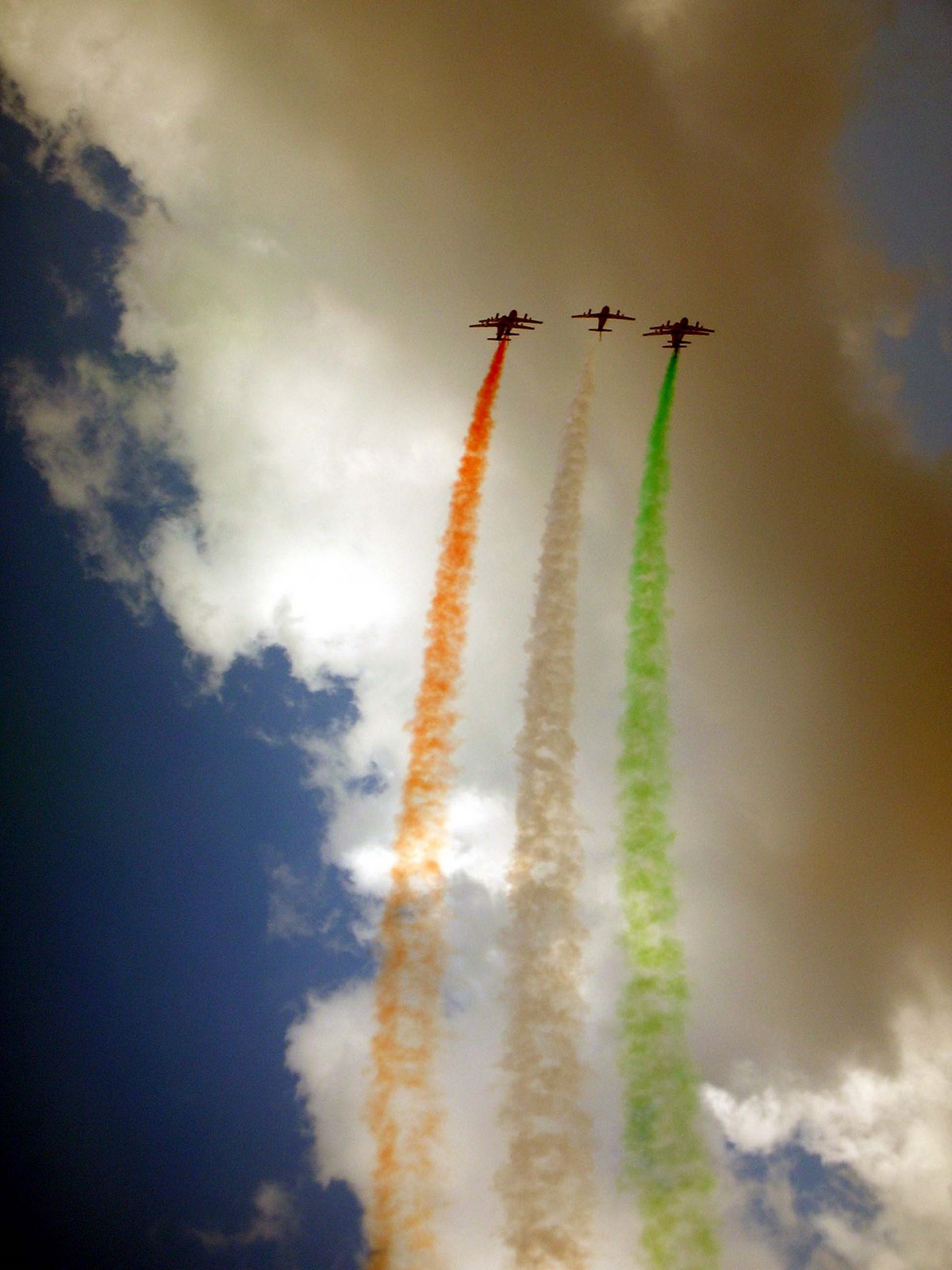My Experiments with Kalaripayattu
My first exposure to Kalaripayattu was watching the production of Footsbarn Theatre’s La Odyssey in 1999. I remember being mesmerized by the performers from Kerala. Never before had I observed such seemingly impossible flexibility and strength displayed on stage. What I had witnessed that evening were the animal movements, particularly the crocodile movement which appeared to require superhuman strength. I swore to myself I had to learn these movements in this lifetime.
Of course I had no clue where and how I would learn Kalaripayattu and over time, it slithered off my list of things to do. In 2002, I remember being invited to participate in a theatre workshop for actors in Mumbai which I reluctantly attended but was probably destined to join. I was introduced to Kalaripayattu practice for the first time through the animal movements. While practicing, I felt I was engaging in a conversation with my body which till that time it seemed I was not acquainted. My search for what I wanted to do with theatre practice began and ended that day. I was determined to find a guru and commence learning after I felt regret for my prior ignorance of Kalaripayattu; for not learning this martial art form earlier.
Mumbai in 2003 boasted of gurus for music, dance, martial arts etc. in every neighbourhood but there was no guru to be found for Kalaripayattu. Kerala was too far and inaccessible but I did find a Gurukkal in Bangalore and thus began my journey of discovery. For two years I shuttled between cities attending Kalari classes every two weeks in Bangalore and practicing thereafter in Mumbai; certainly not the best way to train but it was a start. Besides, it tested my resolve to pursue this challenging discipline and also allowed muscles that I never knew existed in me to recover from the punishment I was subjecting them to.
Meanwhile, I spent much time reading and researching Kalaripayattu, the origins, myths, history, legends and social importance. It was fascinating to imagine sages, observing animals in the forest, replicating movements after understanding objectives, geometry and the dynamics behind them. These sages had not only created a martial arts language with a grammatical structure for self-preservation but had also a universal visual language.
I revelled in my realization that Kalaripayattu, like other martial arts, was a fusion of applied physics, aerodynamics, geometry and aesthetics, distilled into a language, instructed and inspired by the universe, for those who chose to listen. More significant was the realization that learning movement syntax demanded a knowledge and understanding of the breathing vocabulary, just like constructing sentences required rules of grammar in conjunction with punctuation, to make sense. Learning a language and constructing sentences is the easier part; transforming that language into a movement literature is more challenging. Breathing in Kalaripayattu practice creates that path to transformation, improving concentration which in turn helps the discovery of balance - mental and physical. It is in that balance, that awareness takes root making the body all eyes.
Kalaripayattu dispatched my embarrassing earlier ignorance about the martial arts to the scrap heap. In creating a grammar of self-preservation, a universal language was also created that could be applied beyond the realm of self-defence.
Kalaripayattu having originated in the Indian sub-continent travelled to different parts of the world, over the centuries, particularly the Orient, developing cultural nuances - like accents colouring speech - adding a local flavour to the grammar. However, the language of martial arts remains enriched with local flavours yet universally understood, quite like the universal application of English.
As a theatre practitioner, the existing vocabulary of drama as I knew, relied primarily on verbal interpretation of text. I found it restrictive and constricting. Non-verbal or visual communication existed to support but not as equal partners. Dance, at the other end of the performance scale, was visual but with an abstraction for language; ambiguous in its communication, performed by the few and understood by fewer.
Kalaripayattu was not just a martial art form; it possessed a grammar and a language that could be applied to performance! Here was a movement language that could be understood by anyone whether they are six or sixty, thus resolving my dilemma.
Over the last decade I have endeavoured to incorporate Kalaripayattu into all aspects of theatre practice. It serves as a training methodology for actors, helping them connect mind and body to develop performance out of a sensory awareness.
The Kalaripayattu training also serves as a movement language to engage the body in story-telling with the ability to communicate text visually and accurately, complemented by the verbal. Performers have the ability to ‘write’ sentences in movement following Kalaripayattu grammar. This practice led me to devise a form which I christened Natya Kalari, involving two performers working together to essay a character; one being exclusively visual, while the other remained exclusively verbal.
My engagement with Kalaripayattu has facilitated a theatrical conversation between martial art forms. It is a conversation across cultures, through characters in a story. When performers apply a martial arts language to craft a character it is akin to a ‘jugalbandhi’ - a spontaneous conversation – which allows a character to be interpreted through movement alone. For example, the movements of the same animal, like the tiger would have different interpretations in movement in Kalaripayattu and Tai Chi allowing for the creation of a tragic or comic character through movement alone.
With Kalaripayattu there is no end to the journey of learning, discovery and application. The reason the journey remains more important than the destination is because the more one learns, the more there is to know, and the more one knows the more expansive becomes the vocabulary of human expression to tell stories.


Comments